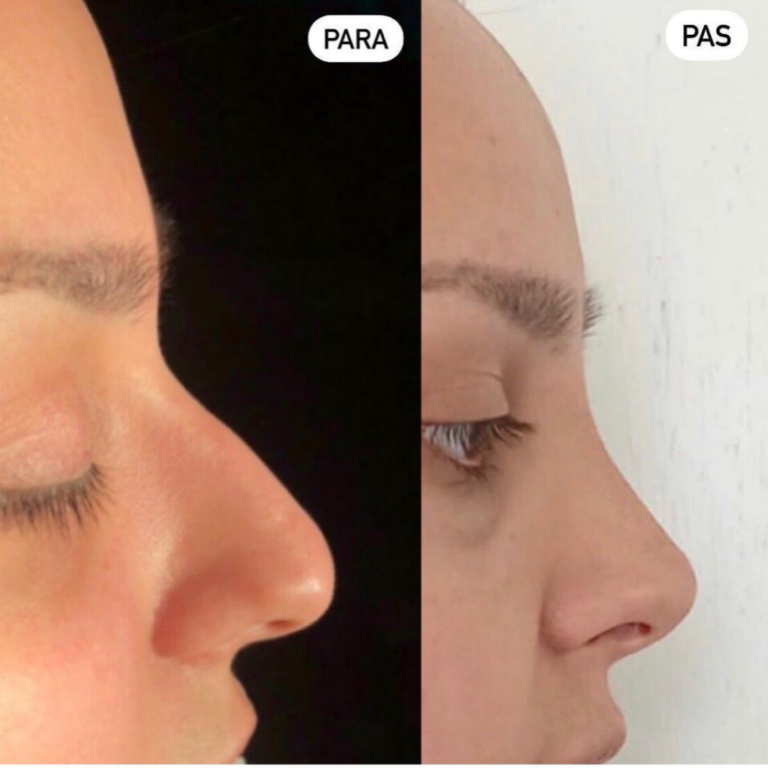
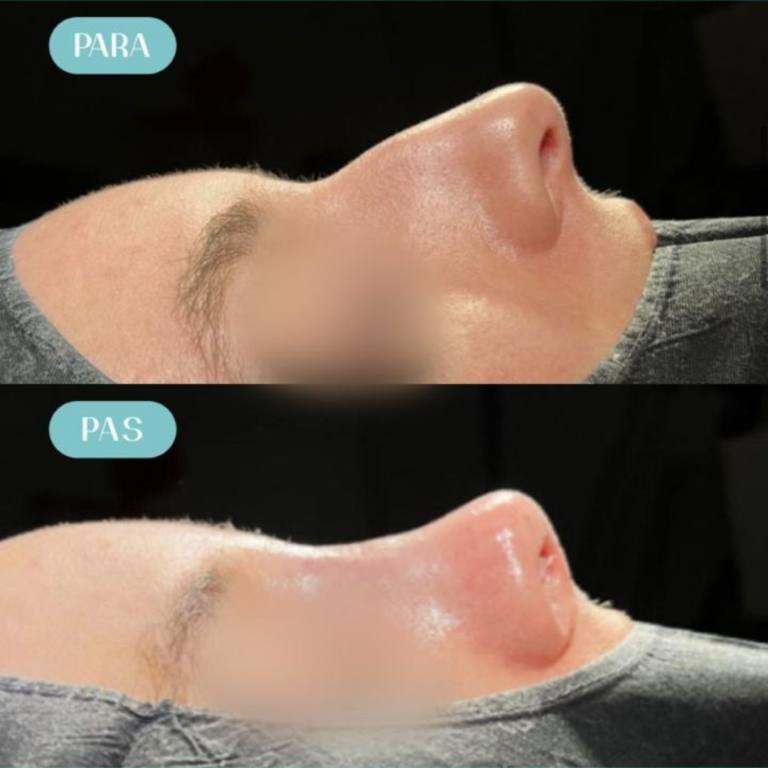
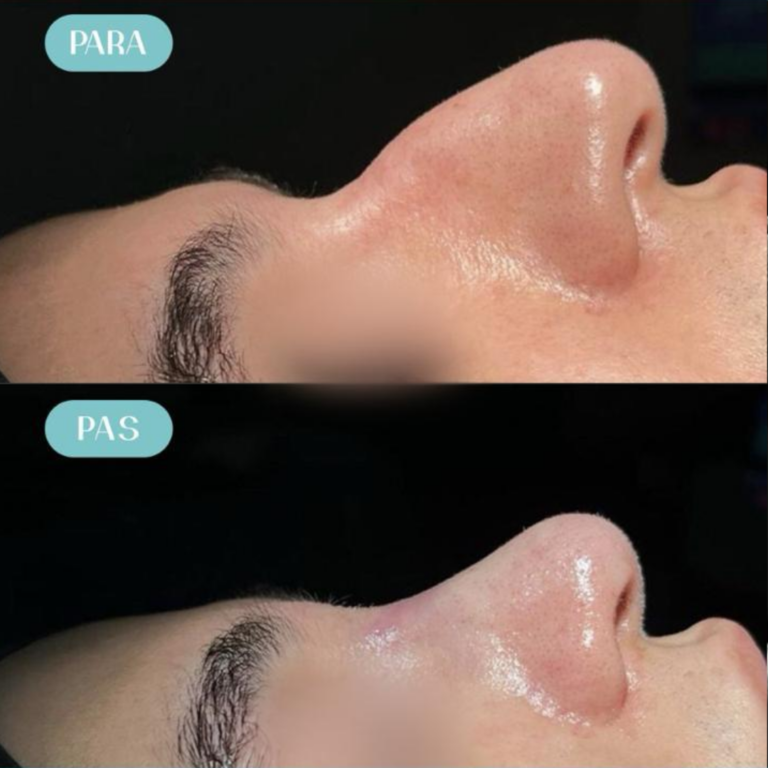
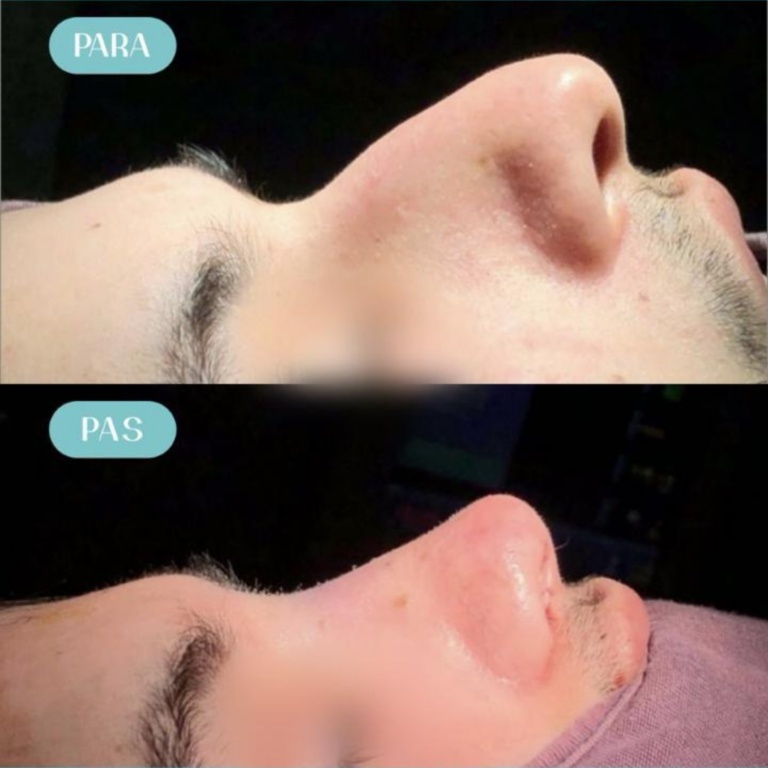
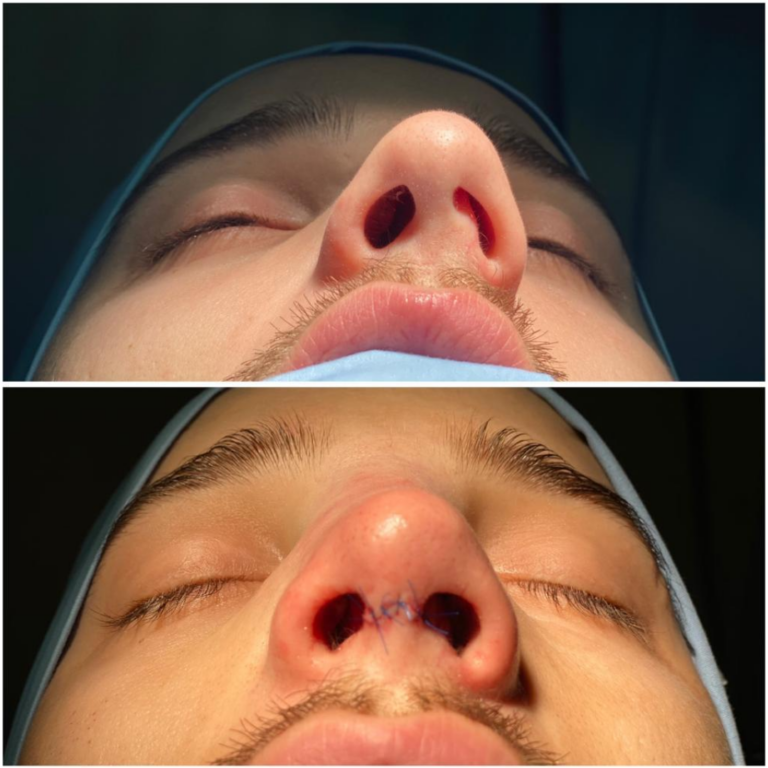
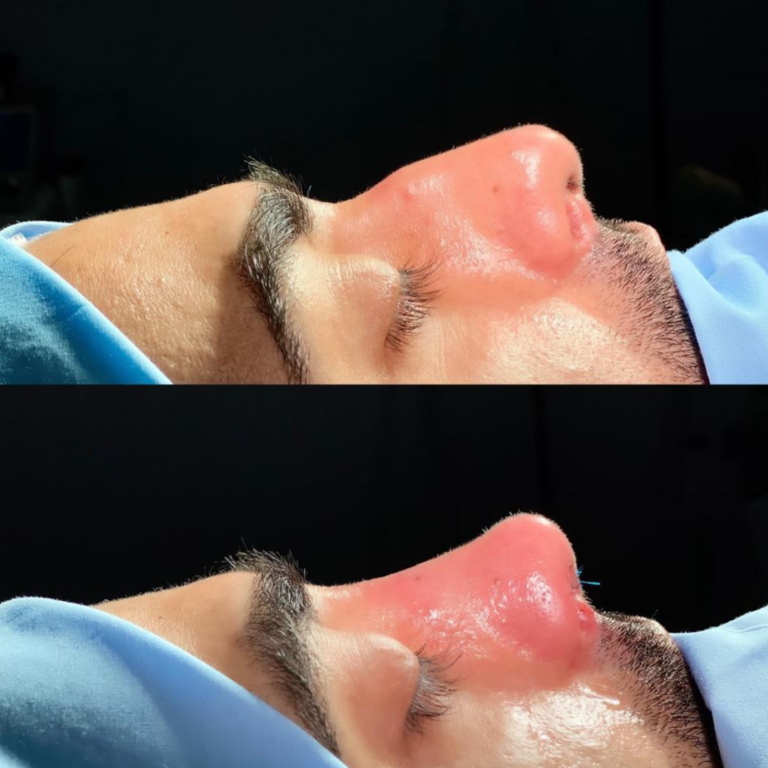
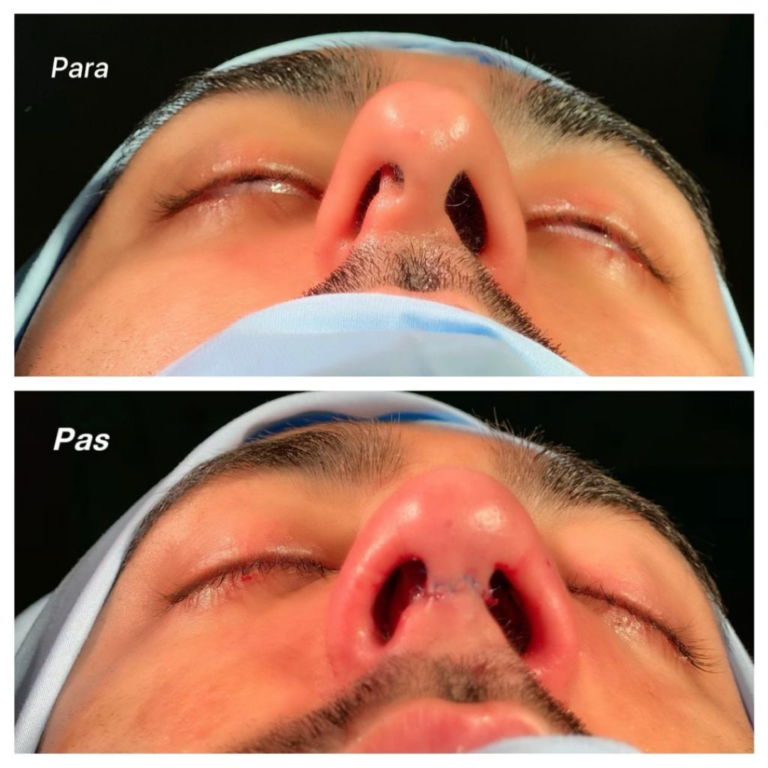
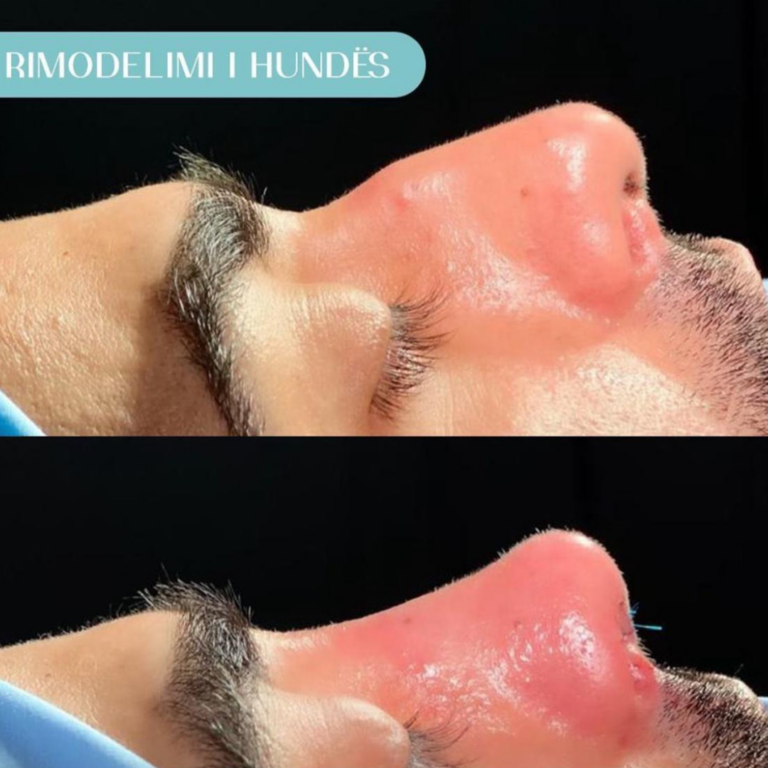
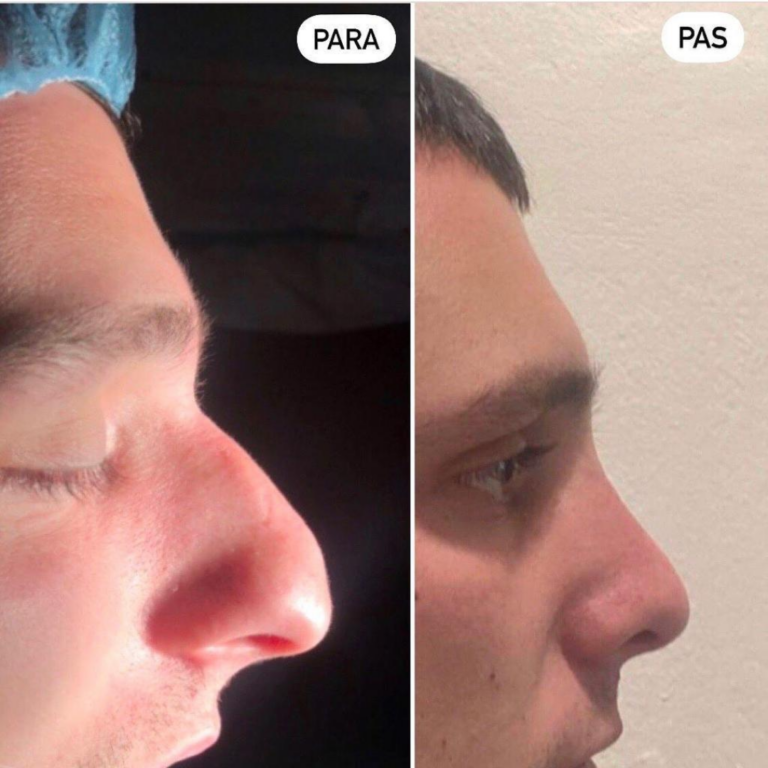
This procedure aims to improve the aesthetic appearance of the nose and, consequently, of the entire face, harmoniously respecting its proportions. At the same time, any functional breathing problems can also be corrected. The modern concept of rhinoplasty differs significantly from the procedures performed in the past, where according to traditional canons, a general, often excessive, reduction of the nasal support structure was performed. Today, the art of rhinoplasty is distinguished above all by the respect for the functional integrity of the organ (nasal breathing) and at the same time by the improvement of its aesthetics. Starmed applies exclusively only the closed technique, and in cases of a precise and clear indication also the modern and minimally invasive technique of "preservation rhinoplasty" which allows an optimal result without visible signs. Furthermore, in expert hands, these techniques are performed in less time than the open technique and therefore the procedure is less traumatic, with fewer hematomas and edemas, less use of drugs for anesthesia and consequently less risk of nausea and vomiting. It has already been scientifically proven that recovery in the post-operative period is faster and more natural with the closed technique. The central position of the nose in the entire physiognomy of the face, as well as its small size, classify this intervention as one of the most difficult in the field of cosmetic surgery. For these reasons, this particularly delicate procedure must be performed by expert hands, since the damage caused by irresponsible surgeons is sometimes difficult to repair. Often these deformations remain permanent, completely visible and are practically impossible to resolve. In people who have breathing difficulties (deviated septum following trauma or congenital deviation) it is advisable to fix the deviation by means of rhinoseptoplasty which consists of correcting the aesthetic and functional element of the nose.
What should we know about the procedure?
- Before the operation, pre-operative tests are performed (full blood count and blood group, coagulation tests, biochemical, viral, pregnancy and urine tests, visit with the cardiologist and ECG, visit with the anesthetist, etc.).
- Starmed applies totally intravenous general anesthesia, which keeps blood pressure low, reduces the risk of bleeding and hematomas, minimizes the risk of nausea and vomiting and, for this type of surgery, is safer and more comfortable for the patient, as well as allowing the surgeon to work in optimal conditions.
- The operation is performed with the closed technique, without visible scars.
- The average duration is 40 – 90 minutes.
- One night’s hospital stay in the clinic.
- No pain or mild and tolerable pain.
- Hematomas and edema, usually mild – medium severity around the eyes, which gradually disappear within 5 – 10 days.
- The pads are kept for 3 – 5 days (Starmed uses cutting-edge pads that allow you to breathe freely immediately after surgery).
- A small plastic support is kept over the nose for 7 – 10 days.
- Small plasters are placed after the removal of the plastic support, for 3 – 5 days.
- Recovery is quick and painless, with gradual improvement in the appearance of the nose.
- The result is considered definitive usually 6 – 10 months after surgery.
Post-operative advice:
- Use of oral antibiotics, usually up to 5 days after surgery.
- Apply ice the night of surgery for 10 minutes every 1 – 2 hours.
- Wash with saline inside the swabs and, on the day they are removed, also inside the nose, for the following 3 – 4 weeks.
- Apply massage to help reduce swelling after removing the plastic support.
- Glasses (light) can also be used immediately after surgery, placing them gently on top of the plastic support. Once the plastic support is removed, the glasses can be worn, but placed on a small piece of folded paper or cardboard, for up to 1 month after surgery. After the first month, the glasses can be worn normally.
- Use of sunscreen with SPF factor: 50.
- Resumption of physical activities (gym, sports) one month after surgery.
- Check-ups with Starmed staff, according to our clinical protocols.